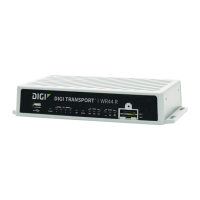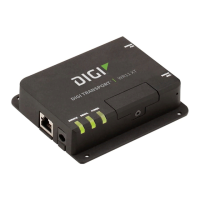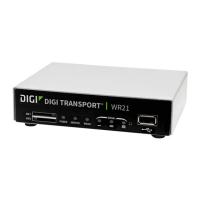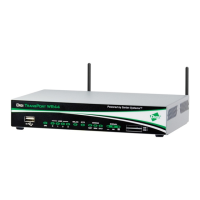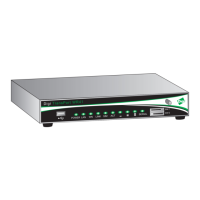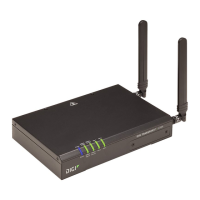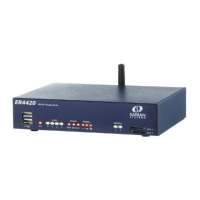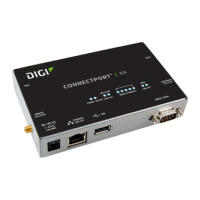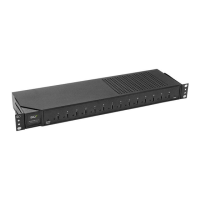Configure Advanced interfaces settings
Digi TransPort User Guide 293
PPP parameters
This section contains those parameters which may need to be adjusted when setting up a PPP
connection, but in general can be left at their default values.
Load answering defaults
Clicking this button causes the router to read the default PPP answering default parameters
from a default configuration stored in memory.
Load dialing defaults
Clicking this button causes the router to read the PPP dialing parameters from a default
configuration stored in memory.
Description
A description of the PPP instance that may make it easier to refer to. For example, the PPP
instance used to connect to an ISP may be named MyISP.
This PPP interface will use
If the PPP mappings have been set up previously using the PPP mappings page, this box will
contain the name of the protocol that has been assigned to this PPP instance. If the mapping
has not been set up previously and if no default mappings apply, the value for this setting
should be Not Assigned. Select the required the required physical interface from the drop-
down selection box.
Dial out using numbers
To allow the router to automatically make outgoing calls, the ISDN number must be specified.
The four text boxes allow four telephone numbers to be entered. The first one is required, the
others are optional and will be used in rotation. These numbers may be the number of the
Internet Service Provider (ISP) or another router.
Prefix n to the dial out number
When making outgoing PPP calls, the value specified in this text box is inserted before the
actual number being called. This may be required if a PABX system is in use which requires a
prefix to be used in order to get an outside line. For example, when using AODI or BACP, the
remote peer may provide a number to be used for raising an additional B-channel to increase
the bandwidth. However, such a number will not normally include the digits needed to
connect to an outside line via a PABX.
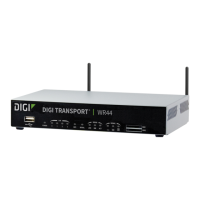
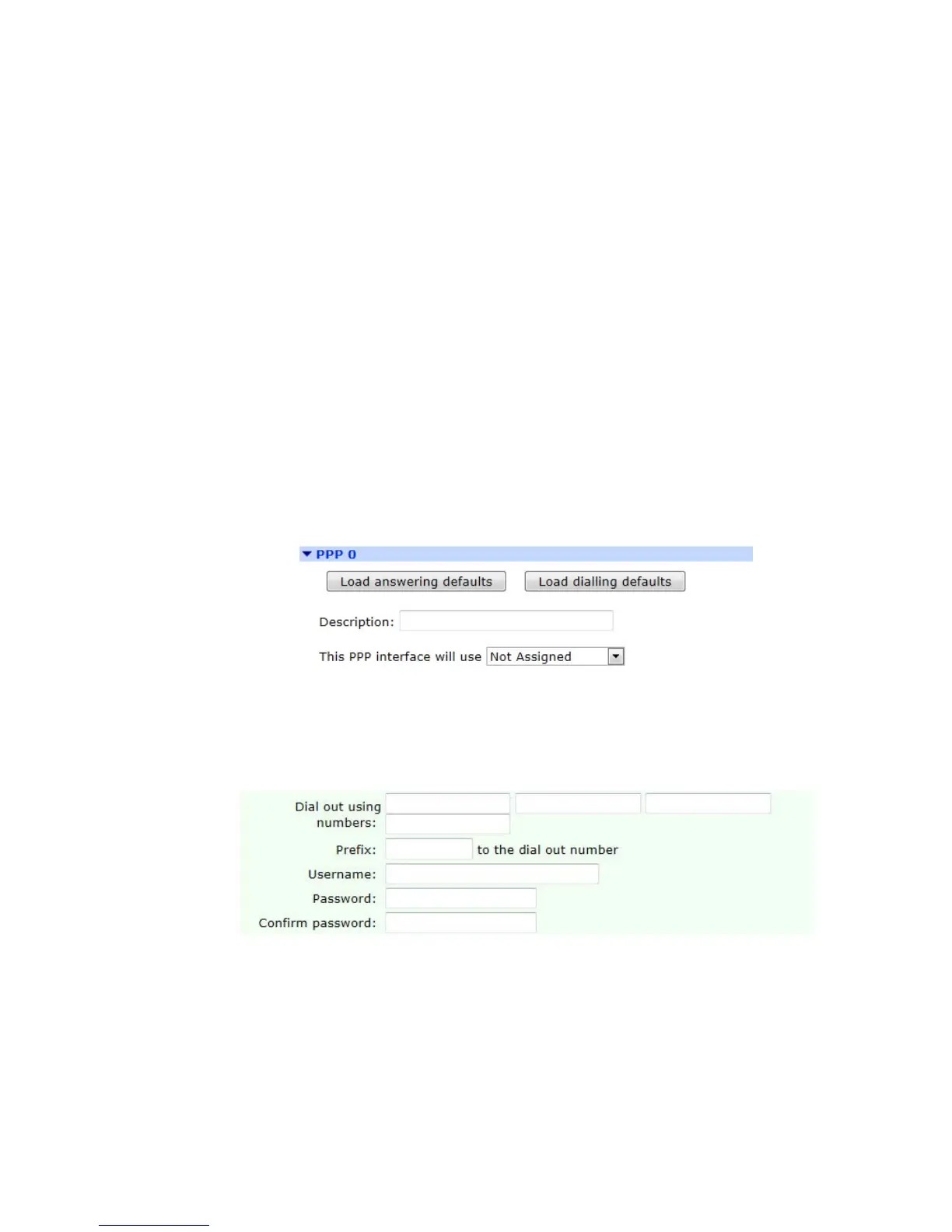